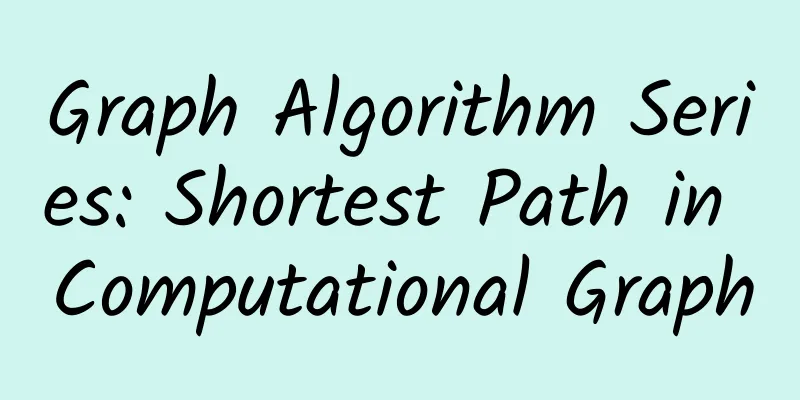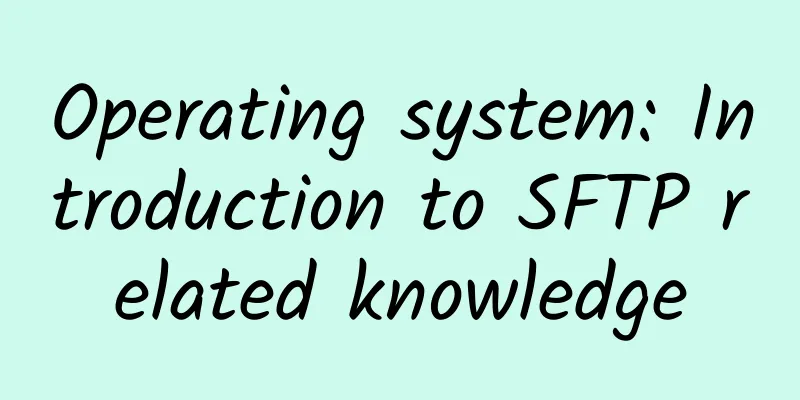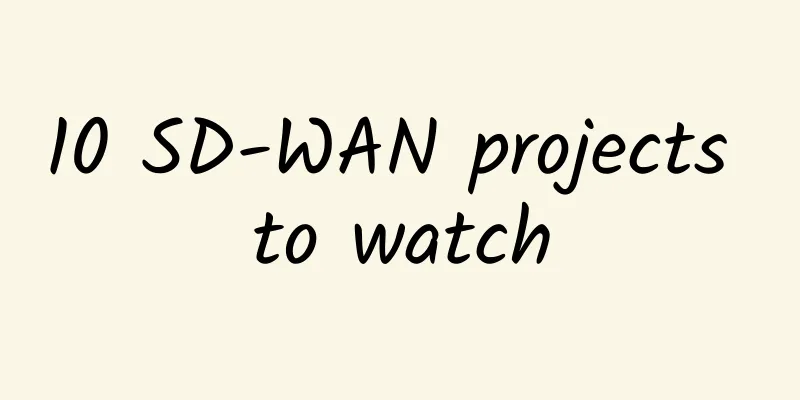Graph Algorithm Series: Shortest Path in Computational Graph

|
This article is reprinted from the WeChat public account "Beta Learns JAVA", the author is Silently9527. Please contact the Beta Learns JAVA public account to reprint this article. PrefaceIn the previous two articles, we used depth-first search to find a path from vertex v to vertex w in the graph. However, depth-first search has a lot to do with vertex input, and the path found is not necessarily the shortest. Usually, we often need to find the shortest path in the graph, such as map function. Here we need to use the breadth-first search algorithm. Breadth-First SearchStill use the previously defined path finding API
In breadth-first search, in order to find the shortest path, we need to traverse all vertices in the order of the starting point, instead of using recursion to achieve it; the idea of the algorithm is:
In this algorithm, in order to save the path, we still need to use an edge array edgeTo[] and use a parent link tree to represent the shortest path from the root node to all connected vertices.
Take the following figure as a column to see the running track of breadth-first search Unit test code:
The execution results are consistent with the running trajectory we analyzed Symbol diagramThe graph algorithms that we have learned in recent articles all use numbers as vertices because it is very simple and convenient to implement these algorithms with numbers. However, in actual scenarios, characters are usually used as vertices instead of numbers, such as: locations on a map, and the relationship between movies and actors. In order to meet the actual scenario, we only need to make a mapping between numbers and strings. At this time, we will think of the map implemented in the previous article (map is implemented through binary tree, red-black tree, hash table, etc., interested students can check it out), and use Map to maintain the mapping relationship between strings and numbers.
Implementation ideas:
The actual process can be determined according to the specific situation. It does not necessarily have to be this kind of string. It can come from a database or a network request. The code is implemented as follows:
All source code in this article has been put into the github repository: https://github.com/silently9527/JavaCore |
<<: 5 Common SD-WAN Challenges and How to Address Them
>>: How to determine whether the protocol is Websocket in Http Header
Recommend
Some Discussions on the Transmission Network in DCI
Preface The exploration of DCI technology has bee...
Use Zerotier to connect remote devices to a local area network
Now that we are working from home due to the pand...
Revitalizing smart cities with edge computing and 5G
[[381381]] As we recover from Covid-19, we have a...
A look back at five major outages in 2019
Any time a network service outage occurs, it can ...
There is a network engineer who doesn’t understand: What is Overlay network?
An overlay network is one or more virtual logical...
Tencent Cloud launches Supermind intelligent network to accelerate global network with cloud as the core
[51CTO.com original article] The application of i...
WiFi is a good addition to SD-WAN, but not a must
The software-defined wide area network (SD-WAN) m...
Be careful when using Wi-Fi, ES File Manager will wipe out all your data
[[255972]] If you use the popular file explorer a...
A revolutionary product that inspires the times! Huawei Mate X, a foldable phone, brings a whole new user experience
2019 has come to an end, and the annual flagships...
AlphaVPS: AMD EYPC KVM monthly payment starts from 3.99 euros, large hard disk KVM annual payment starts from 15 euros
AlphaVPS is a foreign hosting company established...
HostDare: 25% off NVMe VPS in Los Angeles starting at $19.5/year
I received the latest promotional email from Host...
Lenovo Debuts at Microsoft IoT Conference, Driving Business Intelligence Innovation with Smart IoT Devices
On December 3, the highly anticipated 2019 Micros...
There are many "roadblocks" blocking the way for the full popularization of 5G. When will it be possible?
Now everyone is talking about 5G, just like when ...
Scan code payment is going to be eliminated! QR code is going to be eliminated from the stage of history
[[392156]] The launch of the digital RMB will def...
The reality of "5G + Industrial Internet" still exists: people don't know how to use it, don't dare to use it, and can't afford it
"Industrial Internet" has been written ...









